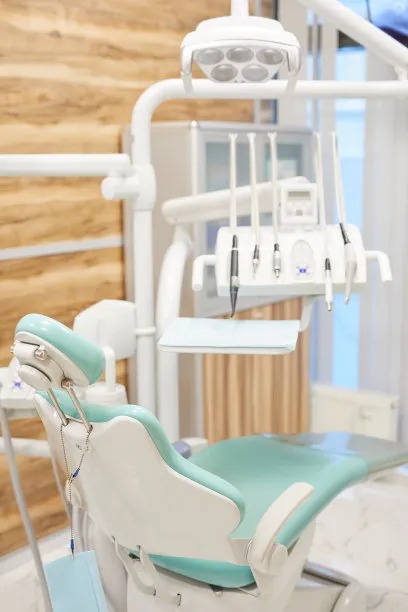A Comprehensive Guide to the Procedure and Aftercare for Extracting a Tooth for Optimal Recovery and Oral Health
Summary: Extracting a tooth can be a daunting procedure, but understanding the process and aftercare can significantly enhance recovery and maintain oral health. This comprehensive guide outlines the steps involved in tooth extraction, from the initial consultation to the recovery phase. It provides essential insights into preparing for the procedure, what to expect during and after extraction, potential complications, and detailed aftercare tips. By following this guide, patients can ensure a smooth recovery and better oral hygiene, ultimately promoting overall health and well-being.
1. Preparing for Tooth Extraction

Before undergoing tooth extraction, a thorough evaluation by your dentist is crucial. This initial consultation will include a discussion of your medical history, current medications, and any allergies. Your dentist will also perform a detailed examination of your teeth and surrounding tissues, possibly utilizing X-rays to assess the condition of the tooth and its roots.
Additionally, it is essential to follow any pre-operative instructions given by your dentist. This might include fasting for a specific period if sedation anesthesia is to be administered. Understanding the process can alleviate anxiety and pave the way for a smoother procedure, resulting in less stress on the day of extraction.
Finally, arranging transportation is advisable, especially if sedation will be used. Post-operative drowsiness can impair your ability to drive, making it necessary to have someone accompany you home for safety and care.
2. The Tooth Extraction Procedure Steps
The tooth extraction procedure typically commences with the administration of anesthesia. This may be local anesthesia to numb the area around the tooth or sedation to ensure that you remain relaxed and pain-free throughout the process. Your dentist will carefully explain what you can expect during the anesthesia phase and how long it will take effect.
Once numb, the dentist will begin the extraction technique, which may involve loosening the tooth, breaking it into pieces, or using specialized tools to remove it entirely. This part of the process can vary based on the tooths location and condition. Patients may experience pressure, but pain should be minimal due to effective anesthesia.
After the tooth has been removed, the dentist will provide instructions about immediate care, such as biting down on gauze to control bleeding. Understanding these steps yields confidence in the procedure and prepares patients for the next stages of recovery.
3. Managing Post-Extraction Complications
Following the extraction, it’s important to be aware of potential complications. A common issue is excessive bleeding, which can usually be managed with continued pressure from gauze. However, if bleeding persists beyond a few hours, it’s critical to contact your dentist.
Another concern is dry socket, a painful condition that can occur when the blood clot at the extraction site becomes dislodged. Symptoms include severe pain radiating from the site and bad breath. To mitigate this risk, patients should avoid sucking motions, drinking through straws, and smoking for several days.
Infections can also occur, characterized by increased pain, swelling, and fever. Maintaining good oral hygiene is vital, and brushing the teeth around the area after the first day can help. Patients should also monitor their recovery and follow up with their dentist if any concerning symptoms arise.
4. Essential Aftercare for Optimal Recovery
The aftercare phase plays a vital role in recovery and oral health post-extraction. Initially, it’s necessary to rest for the first 24 hours. Avoid physical activity as it can increase blood flow to the extraction site, potentially leading to increased bleeding or swelling.
Dietary modifications are also important. Soft foods are recommended to minimize irritation to the extraction site. Items such as yogurt, applesauce, and smoothies can provide necessary nutrition while preventing discomfort associated with chewing.
Moreover, staying hydrated is essential, but patients must avoid carbonated beverages and alcohol for a few days. Additionally, following prescribed medications for pain management and applying ice packs for swelling can enhance comfort during recovery. Regular check-ups will allow your dentist to track healing progress and address any issues that may arise.
Summary:
Understanding the tooth extraction process and its aftercare is fundamental for achieving optimal recovery and ongoing oral health. By following this comprehensive guide, patients can navigate the procedure with confidence and address potential complications proactively. Proper aftercare is instrumental in ensuring a smooth and effective recovery.
This article is compiled by Vickong Dental and the content is for reference only



